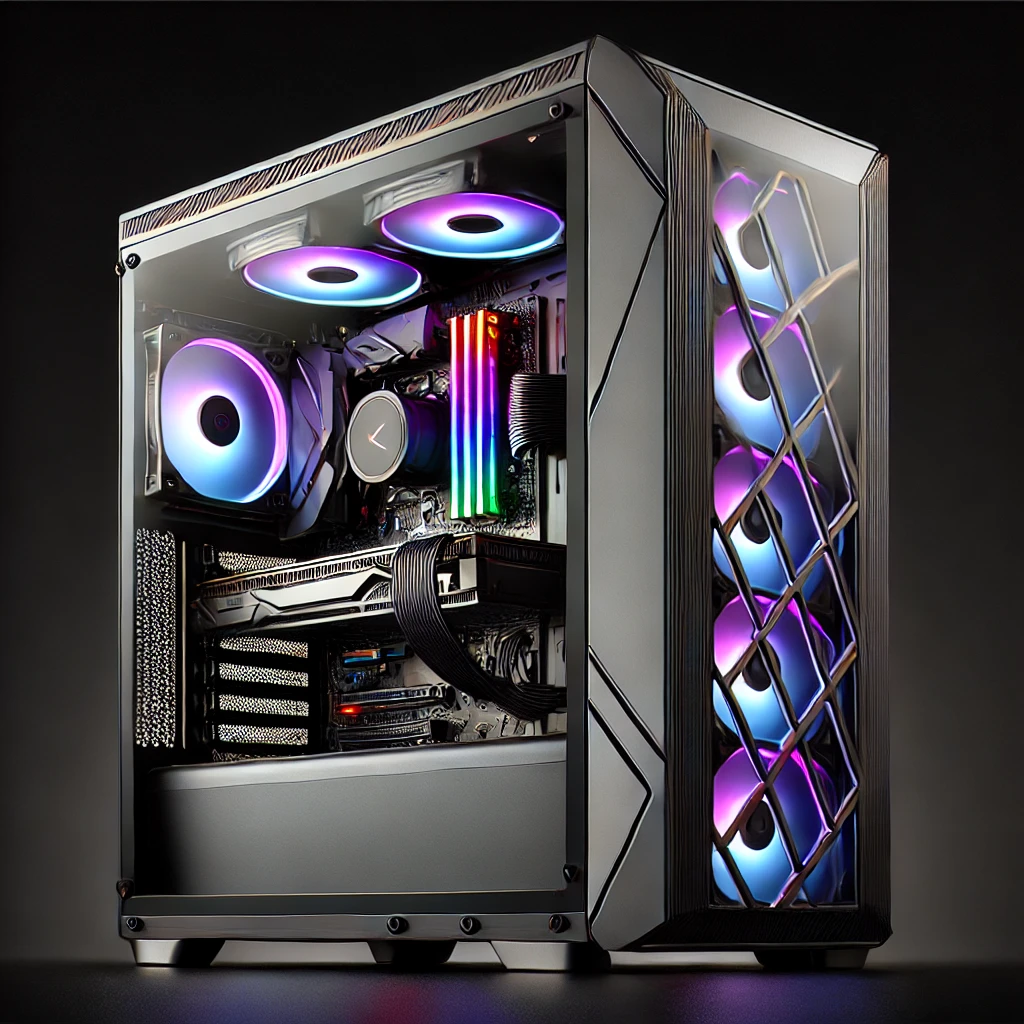Your cart is currently empty!
Imagine layers as transparent sheets stacked one over the other. Each sheet can contain a part of your drawing, allowing you to work on individual elements separately without affecting the rest of your artwork. Krita’s layer system is intuitive yet powerful, offering a wide range of layer types and blending modes that can be utilized for various creative purposes. Learn how to use this powerful tool with our classes 
Key Layer Types in Krita
- Paint Layer: The most commonly used layer for standard painting and drawing.
- Group Layer: Helps in organizing multiple layers together, simplifying the workflow.
- Vector Layer: Ideal for non-destructive, scalable graphic elements.
- Filter Layer: Applies non-destructive filters to layers below it.
- File Layer: Links to external image files, useful for collaboration and referencing.
The Power of Blending Modes
Blending modes in Krita determine how layers interact with each other. They control how the pixels on one layer blend with pixels on the layers beneath it, offering endless possibilities to get creative with colors and textures.
Harnessing Layers for Digital Painting
Building Complex Compositions
Layers make complex compositions manageable. By isolating different elements (like characters, backgrounds, and objects) on separate layers, you can easily adjust, edit, or transform individual components without disrupting the entire image.
Experimenting with Textures and Effects
Using layers, you can experiment with various textures and effects. Overlay texture layers can add depth to your artwork, and adjustment layers can tweak colors and contrasts, enhancing the overall mood of your painting.
Non-Destructive Editing
One of the significant advantages of using layers is non-destructive editing. You can try out different ideas and effects without permanently altering the original pixels of your artwork.
Tips for Layer Management
- Naming Layers: Always name your layers. It helps in identifying them quickly, especially in complex projects.
- Using Layer Masks: Layer masks are a powerful tool for blending and editing without losing original layer data.
- Organizing with Group Layers: Group related layers together to keep your layer stack clean and manageable.
Advanced Layer Techniques
- Clipping Masks: Use clipping masks for precise control over where your painting affects the layer beneath it.
- Alpha Inheritance: This feature allows a layer to only show where there is paint on the layer below it.
- Layer Styles and Effects: Experiment with drop shadows, glows, and other effects to add flair to your artwork.
-
 Universal Stylus Pen with Case$30.00
Universal Stylus Pen with Case$30.00 -
 Simplecom CR402 USB-C and USB-A SD/MicroSD Card Reader$20.00
Simplecom CR402 USB-C and USB-A SD/MicroSD Card Reader$20.00 -
 Deco Mini 7$70.00
Deco Mini 7$70.00 -
 Deco Pro Small$180.00
Deco Pro Small$180.00
Conclusion
The layer system in Krita is a doorway to vast creative possibilities. Whether you are a budding artist or a seasoned professional, understanding and utilizing layers effectively can significantly enhance the quality and efficiency of your digital art workflow.
For more insights and tips on digital art and Krita Layers, stay tuned for our upcoming blog post on “Exploring the Color Tools in Krita: A Comprehensive Guide.”
Discover more from LithGeek Custom Gaming Computers
Subscribe to get the latest posts sent to your email.

